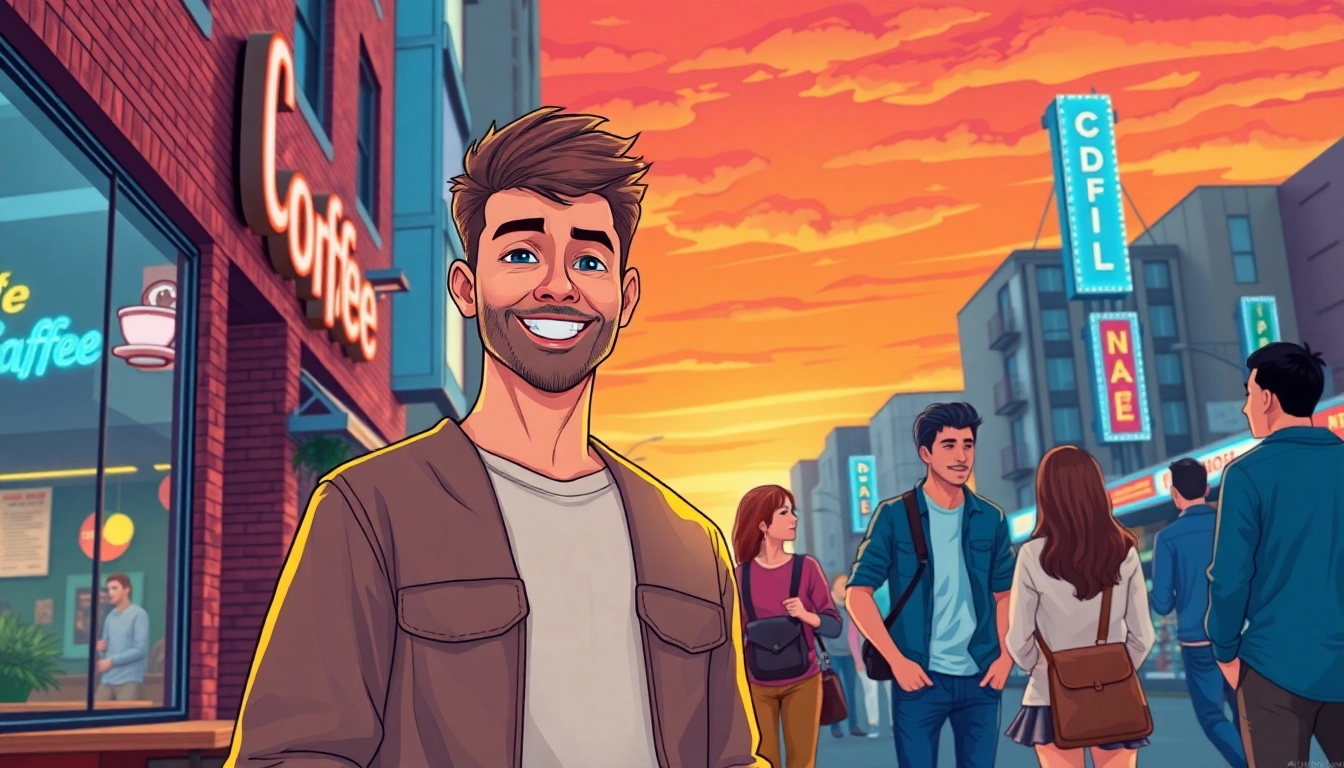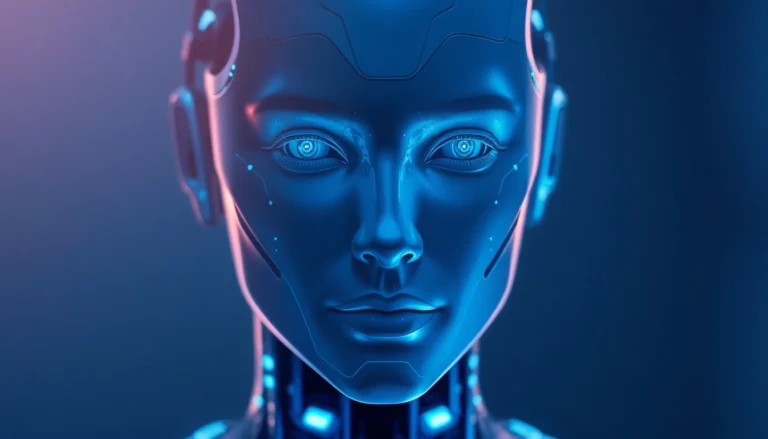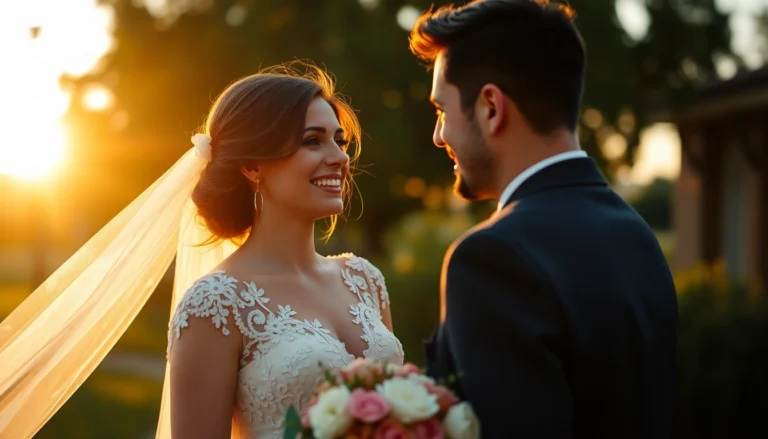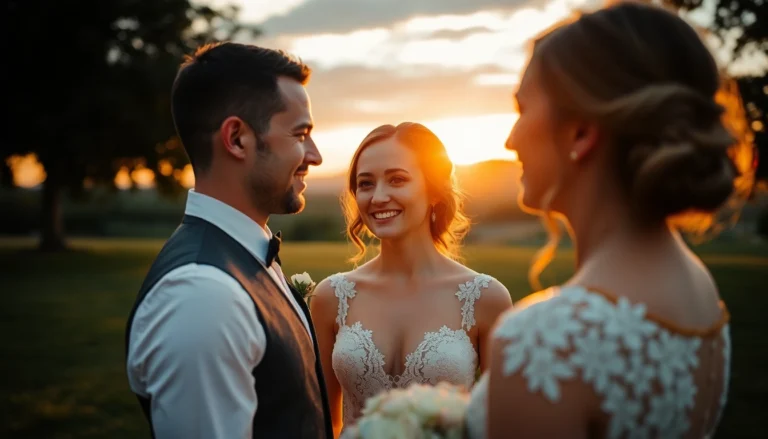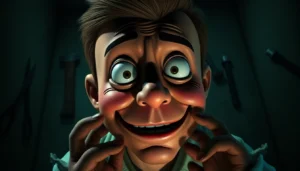Understanding the “DILF” Phenomenon: Origins, Usage, and Cultural Impact
The term dilf has become a prominent part of modern slang, especially within internet culture and social media platforms. It is a colloquial acronym that captures a specific perception of attractiveness, often used humorously or admiringly to describe older, attractive men who exude a certain charisma or appeal. As a term that has grown in popularity over recent years, understanding its origins, evolution, and cultural significance provides a fascinating glimpse into how language adapts to social change and the ways in which pop culture influences everyday speech.
The Origin and Evolution of “DILF”
Historical Roots and Early Usage
The acronym dilf is a variation of the well-known slang “dick” and “father,” combining to form a humorous and somewhat provocative label. While the exact inception date remains difficult to pinpoint, the term gained widespread recognition in the early 2000s, largely through internet memes, comedy sketches, and pop culture references. Its roots can be traced back to the broader slang lexicon that emerged from the LGBTQ+ community and online humor, where playful language often pushes boundaries to challenge social norms.
How the Term Gained Traction
The term’s popularity skyrocketed with the rise of social media platforms like Twitter, Reddit, and Tumblr, where users began using “dilf” to describe middle-aged men who maintained youthful attractiveness and appeal. It was often used in memes, jokes, and captions that played on the contrast between age and attractiveness. Notably, the term became more mainstream after its inclusion in comedy routines and television shows, which helped normalize its usage and embed it into popular vernacular.
Cultural Significance of “DILF”
From Subculture to Mainstream Media
Initially a niche term within online communities, “dilf” transitioned into mainstream media through celebrity culture and viral content. Movies, TV shows, and music videos began referencing the term, often in a humorous context, to describe attractive older men who embody a youthful or desirable aura. This normalization reflects broader societal shifts in perceptions of masculinity, attractiveness, and age. Characters portrayed as “dilfs” often exude confidence, style, and charm, challenging traditional stereotypes about aging and attractiveness.
Representation in Popular Culture
Icons such as George Clooney, Ryan Gosling, and other actors in their 40s and 50s have been frequently labeled as “dilfs” by fans and media alike. The term’s playful yet admiring tone has made it a staple in celebrity gossip, fashion commentary, and social media hashtags. Memes celebrating “dilfs” further cement its place in internet culture, where the term is often used to praise men who balance maturity with attractiveness, humor, and charisma.
The Language and Connotations of “DILF”
Breaking Down the Components
The word “dilf” is a blend of “dad” and an acronym that suggests a sexual attraction—similar to other slang like “MILF” . The “D” stands for “dad,” implying that the man is a father, while the “ILF” component is a slang abbreviation for “I’d Like to F*.” This linguistic construction creates a humorous paradox: an older, paternal figure who is also sexually desirable. The term functions as a compliment but also carries a playful, irreverent tone, often used among friends or in casual contexts.
Perceptions of Attractiveness and Age
“DILF” often connotes a man who is beyond the stereotypical “heartthrob” age range but still maintains a youthful or rugged appeal. It reflects a cultural shift where attractiveness is no longer confined to young adults, but also includes mature men who have aged gracefully. The term encapsulates this idea, celebrating the attractiveness of men who are typically in their 40s or 50s, sometimes even older, yet still exude vitality and sex appeal.
The Role of “DILF” in Modern Society
Social Acceptance and Humor
In contemporary society, “dilf” is often used humorously or affectionately rather than as a serious descriptor. Its playful nature allows people to express admiration for older men without crossing into objectification or disrespect. The term also functions as a form of social bonding, especially among younger generations who use it in memes, jokes, and social media posts to praise celebrities, friends, or even fictional characters.
Impact on Dating and Relationships
The emergence of “dilf” as a cultural term has influenced perceptions of attractiveness and desirability. It challenges the notion that only young men can be physically attractive, opening up conversations about age, maturity, and sexual appeal. In dating contexts, the term might be used lightheartedly to acknowledge a partner’s attractiveness regardless of age, fostering a more inclusive view of masculinity and attractiveness.
The Broader Context: Comparing Similar Slang Terms
Other Related Terms and Their Significance
Similar slang terms like “MILF” , “GILF” , and “Silver Fox” have emerged to describe attractive older individuals across genders and age groups. Each term carries its own connotations and cultural nuances, reflecting society’s evolving attitudes toward aging, attractiveness, and sexuality. These terms often appear in pop culture, memes, and social media, symbolizing a broader acceptance and celebration of diverse representations of attractiveness.
The Influence of Internet Culture and Memes
The internet has played a pivotal role in popularizing these terms, transforming them from niche slang into mainstream lexicon. Memes, GIFs, and viral videos often feature “dilfs” and similar characters, reinforcing their appeal and normalizing their use. This digital culture encourages playful, humorous engagement with language, allowing slang like “dilf” to become embedded in everyday conversations and media references.
Conclusion
In summary, the term dilf exemplifies how language evolves with cultural shifts and technological advancements. From its origins as an internet meme to its current status as a mainstream slang term, “dilf” reflects changing perceptions of attractiveness, age, and masculinity. Its playful, sometimes provocative tone helps foster conversations about societal standards, humor, and the celebration of diverse forms of beauty. As slang continues to evolve, the ongoing usage and adaptation of terms like “dilf” demonstrate the dynamic nature of language and the enduring influence of pop culture on our everyday speech.
To fully grasp the depth and nuance of this term, exploring its dilf meaning provides valuable insights into modern slang, societal attitudes, and the evolving landscape of online communication.
